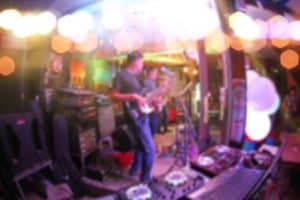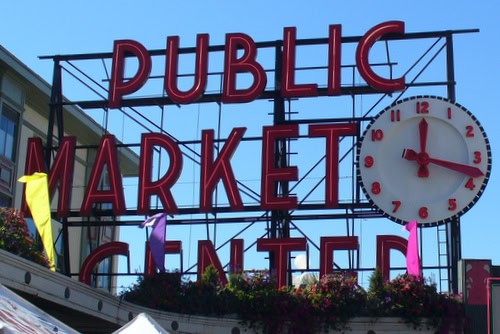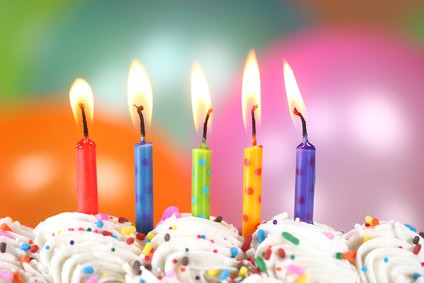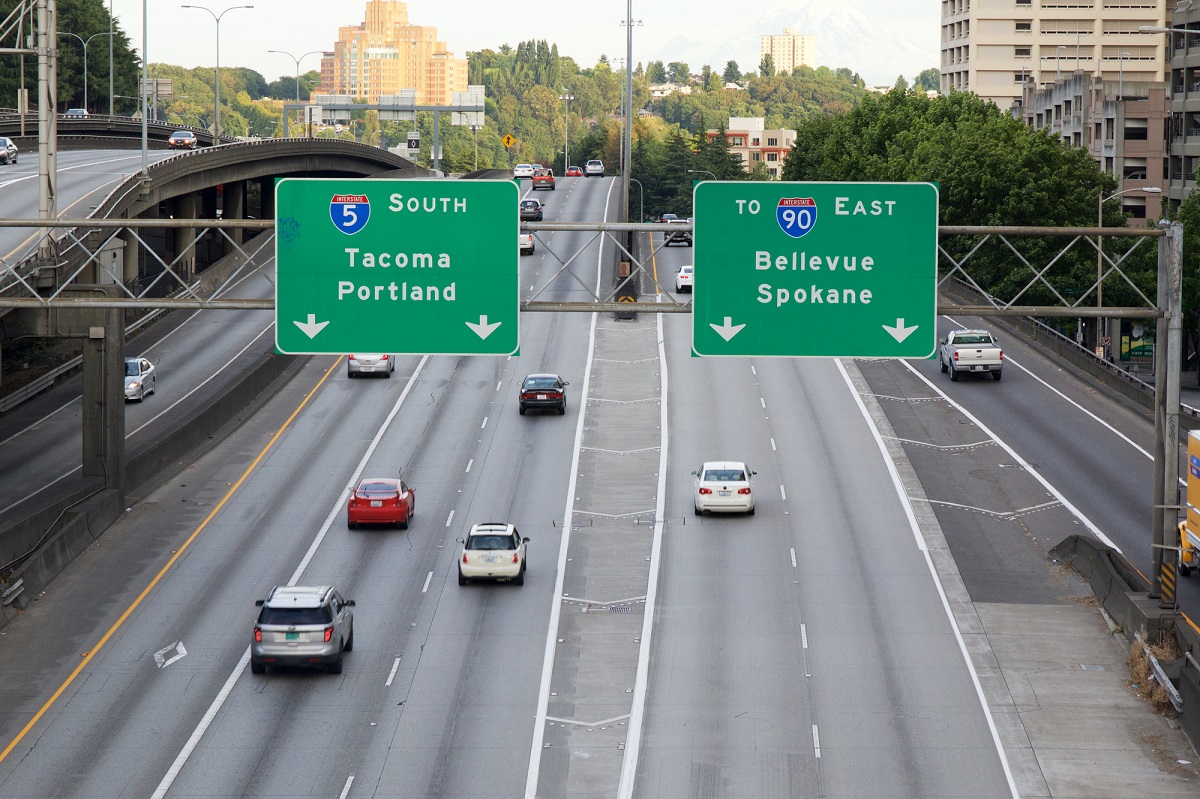The Seattle Japanese Garden is located in Madison Valley within the Washington Park Arboretum. Over 100,000 people visit every year, including locals as well as visitors from around the world. It is one of the most highly regarded Japanese-style gardens in North America.
About Japanese Gardens
Gardens in Japan are much more than a collection of plants. They have been elevated to an art form. Like other Japanese art forms (examples that come to my mind are Japanese food and the understated but very purposeful tea ceremony), the change is often subtle and unique–in fact, you can miss it altogether if you are simply rushing through.
In addition to trees, flowers, and plants, many other elements might be featured in a Japanese garden, such as bridges, statues, lanterns, fences and gates, teahouses and other buildings, ponds and streams, water basins, and fish. Every element in a Japanese garden has a symbolic meaning that mirrors the beauty of nature.
For example, sand or gravel symbolize a river or water, clouds, and purity. Rocks represent mountains. A stone lantern represents the four natural elements: fire, water, earth and wind. Bridges reflect artistic feelings. Small ponds represent the sea. And so on.
The concepts, ideas, and various styles of Japanese garden began around the 7th century and have continued to develop over time. Elements for a particular garden style are carefully chosen. As the garden matures, the garden evolves each season to reveal new shapes, textures, colors, and scents.
Styles of Japanese gardens
Listed below are a few of the different styles of traditional Japanese gardens. There are many other styles and new styles are constantly being designed, even in the 21st century.
- Tsukiyama or Kasan (Hill and Pond Garden): one of the oldest styles of Japanese gardens featuring ponds and hills as well as streams, stones, trees, flowers, bridges, and paths designed to mimic natural scenery.
- Chaniwa (Tea Garden): the main feature is a stone path meant to symbolically take the visitor from the everyday world to an enchanting place (the teahouse).
- Karesansui (Rock/Dry/Zen Garden): a simple garden without plants featuring only combed gravel and large rocks.
- Tsuboniwa (Courtyard Garden): includes element of the hill garden, tea, and Zen gardens.
- Shizensa (Stroll Garden): a large and detailed garden, usually with a pond or lake at its center.
About Seattle Japanese Garden
The 3.5-acre garden is a “stroll” garden based on a design from the late-16th to early-17th century. A stroll gardens takes visitors through varied landscapes. Planned by renowned landscape designer Juki Iida, the Seattle Japanese Garden is faithful to shizensa design and includes stones, water, lanterns, bridges, buildings, plants and animals.
Juki used both traditional Japanese plant materials and Pacific Northwest natives. He famously traveled to the Cascade Mountains to find the granite rocks installed near the waterfall.
A winding path through the garden takes visitors around a central pond. As you stroll, various landscapes are revealed. Benches along the way beckon you to stop so that you can take time to enjoy the garden thoughtfully, using all of your senses. While you can walk through the Seattle Japanese Garden in less than 10 minutes, plan on 30-60 minutes to better appreciate the seasonal beauty.
- Location: Seattle Japanese Garden, 1075 Lake Washington Blvd E, Seattle, Washington 98112.
- Hours: The garden is open March-November, Tuesday through Sunday, with seasonal changes in hours. The garden is closed December-February for winter maintenance.
- Admission: Adults 18-64: $8. Youths 6–17 and Senior Adults 65+: $4. Children 0-5: FREE.
- Free admission first Thursday. Admission to the garden is FREE all day.
- Parking is free.
- Membership begins at $25 and includes free admission for one year plus other benefits.
- Website: Seattle Japanese Garden
Tours and Special Events at Japanese Garden
First Viewing spring re-opening event. The public is invited inside the gate for the new season. First Viewing begins with the dramatic flair of a Shinto blessing, a formal ceremony that’s been conducted in Japan since ancient times. The blessing will usher in auspicious ki –life energy– for a successful new year.
Take a free guided tour. Available April through October and included with the price of admission.
Tea Ceremony or Chado (The Way of Tea). Practiced in Japan for centuries, the art of tea ceremony—also called Chado, or The Way of Tea—is imbued with harmony, respect, purity, and tranquility. The garden’s Shoseian Tea house offers an unparalleled opportunity to experience tea ceremony in a traditional roji garden setting for this 40-minute “Introduction to Chanoyu” experience.
Moon Viewing Festival in autumn. Welcome the arrival of the full moon in Japanese tradition. The garden is magically lit up with lanterns and luminaries welcoming the arrival of the full moon. お月見 (otsukimi), moon viewing, dates back to 8th century Japan, when on the 8th month of the old Japanese calendar, aristocrats celebrated the beauty of the autumnal full moon with poetry and music. Check our event calendar (below) or visit their website for more information.
Maple Viewing Festival in autumn. Momijigari (紅葉狩り) is the beloved tradition of appreciating nature’s art. Each day brings out more colors to the Seattle Japanese Garden during this time of year creating a breathtaking view.
More info: Events list — Seattle Japanese Garden
But wait, there’s more!
- Check our list of Home & Garden shows in the Puget Sound region.
- Bookmark our list of home gardening resources and plant sales.
- And here’s a list of 101+ always free things to do for fun.
- More free and cheap things to do every day: Greater Seattle on the Cheap event calendar.
- Still more ideas for frugal fun: Greater Seattle on the Cheap home page.
Event calendar of free and affordable things to do
Listed below are all types of free and affordable things to do in the next 30 days.
Featured Events are listed first each day, highlighted by a photo. These are unique, popular, or annual events that we or our advertisers don’t want you to overlook.
Find more events and ideas for affordable living at Greater Seattle on the Cheap – Free things to do, cheap fun, discounts and deals in the Seattle-Tacoma metro area
Seattle Japanese Garden
1075 Lake Washington Boulevard East
Seattle, WA 98112








